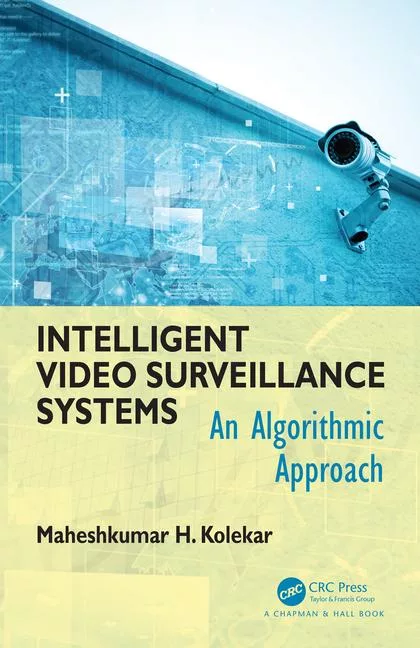School Evaluates Active Shooter Simulations with Video Surveillance
|
|
| A Pennsylvania school campus uses its video surveillance system for active shooter scenarios to prepare students, employees and first responders for potential emergency situations. |
Following the deadly shooting at Sandy Hook Elementary School in Newtown, Conn., last December, many education officials are looking to implement stronger security protocols, especially where active shooter incidents are concerned. However, at the Venango Technology Center in Oil City, Penn., preparation has been key from the beginning.
In September 2012, law enforcement and emergency management teams arrived at the Venango Technology Center, ready to confront an active shooter. Students were found hiding in their classrooms or in the hallways, some seemingly injured. A few students were rushed to local hospitals; others were escorted to a safe space for a parent-reunification process.
But this wasn’t an actual active shooter incident — this was a high-intensity drill. In a coordinated effort with the Office of Emergency Management, the Oil City Police Department, Community Ambulance Service and UPMC-Northwest, Venango Technology Center (VTC) used the drill as simulated training — complete with volunteer students with imitation injuries — to help emergency responders prepare for an actual emergency in a school setting. After the drill, school and emergency response officials reviewed the event through debriefings and the use of surveillance footage from a ViconNet video management system and the 77 Vicon cameras in the school to revise their School Incident Action Plan.
School officials were able to call up footage of the exercise using ViconNet and give it to police as a training aid. “We could watch the event; we got a pretty good picture and could see where students were running through halls,” says Jeannette Slater, technology coordinator for VTC.
“This whole event was a year and a half in the making,” Slater says. “As far as safety goes, we can just analyze current procedure, practice, and then debrief how the drills went. We were able to study our responses: Parent reunification was an issue, so we’ve made adjustments to that procedure.”
School officials sat down with the chief of police and representatives from the county emergency management department and the local 911 center after the drill to discuss possible improvements to the school’s response.
One improvement was a new Vicon camera added to the front door to watch not only who enters the building, but to see if the person turns right or left upon entry, adding another level of security to the 580-student school.
Students, Slater says, have much more awareness of these incidents through drills and coverage in the media. “If you don’t talk about it, they’re not going to know how to react,” she says. “People tend to do the ostrich thing and put their heads in the sand. We can’t do that. Things are happening, and we can’t afford to ignore that.”
Looking for a reprint of this article?
From high-res PDFs to custom plaques, order your copy today!







